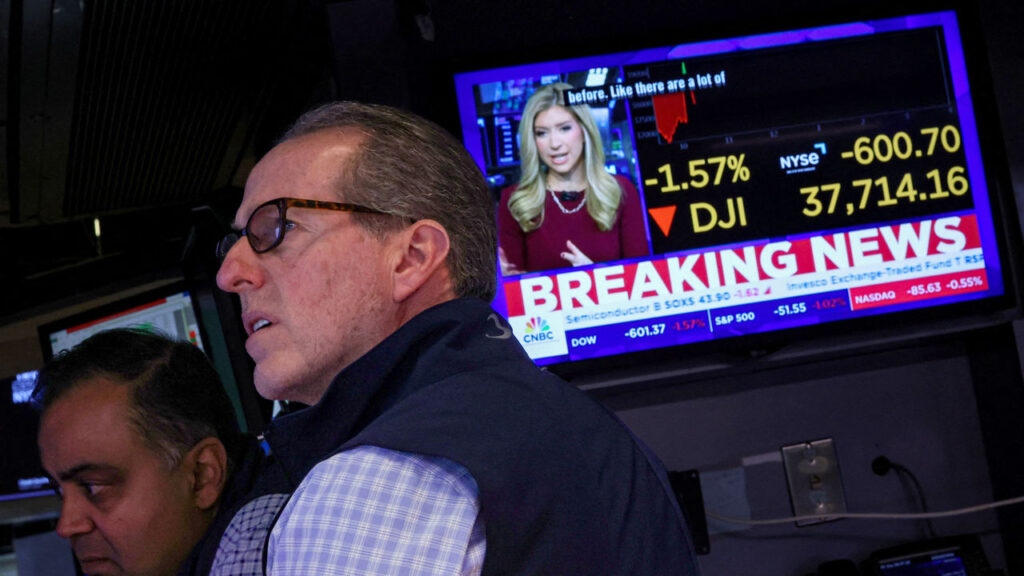The global financial landscape is currently facing a turbulent phase, primarily driven by unexpected geopolitical decisions, specifically relating to tariffs. This has created a sense of unease among investors. When the stock market experiences significant declines, it becomes evident how quickly even the most level-headed investors can succumb to fear and anxiety. As evidenced by the plunge in stock values worldwide following President Donald Trump’s announcement on April 2nd, the implications of these tariffs have led to widespread concern among market participants.
In the wake of this announcement, many investors had maintained cautious optimism, speculating that the tariffs might be a strategic tool for negotiation, potentially allowing for concessions from global trading partners. This sentiment suggested a belief that the imposition of tariffs was a temporary measure that could be negotiated away. However, the situation has taken a turn for the worse. Observers have noted a significant shift in attitude, particularly as further tariff measures were unveiled on April 7th, when Trump announced a staggering 50% tariff on imports from China. This ultimatum presented to President Xi Jinping drastically underscored the seriousness of Trump’s commitment to these trade barriers, leaving many in the market questioning the stability of international trade relations.
Market analysts and investors alike are acutely aware of the volatility that such measures can instigate. The stock market’s immediate reaction to Trump’s tariff announcements reflected a broader spectrum of anxiety, one that resonates with historical precedents of economic uncertainty. As companies assess their exposure to these tariffs, share prices have responded with steep declines. This response, characterized by rapid selling, highlights not just panic but also a rational response to perceived risks associated with international trade disruptions.
Global markets do not operate in isolation. The knock-on effects of the tariffs are being felt across various sectors, with industries that rely heavily on imports and exports facing the brunt of this upheaval. The manufacturing and technology sectors, for instance, are experiencing pressures as supply chains become strained and production costs rise. Companies are actively reevaluating their operational strategies in light of these potential new realities, and some are considering relocating production or sourcing materials from alternative markets to counteract the increased costs driven by tariffs.
Moreover, the implications extend beyond just immediate financial impacts. There is an underlying concern about long-term economic growth. Investors fear that sustained trade tensions could lead to a recession, as consumer confidence wanes and business investment slows down. The broader economic signals suggest a shift that could lead to lower growth forecasts, not just for the United States but also for global economies interconnected with it.
In summary, the current state of the markets is a reflection of anxiety and rational decision-making driven by President Trump’s aggressive trade policies. The world is watching closely as leaders navigate these turbulent waters, weighing the potential for negotiation against the stark realities of escalating tariffs. As this scenario unfolds, the optimism that once lingered in the face of new tariffs now hangs by a precarious thread, leaving many investors to ponder the stability of their portfolios in an increasingly unpredictable economic landscape. The pressing question remains: how long can the markets endure this state of uncertainty before a more pronounced and lasting impact is felt? As developments continue, the interplay between policy decisions and market reactions will undoubtedly shape the future of global trade and economic health.



